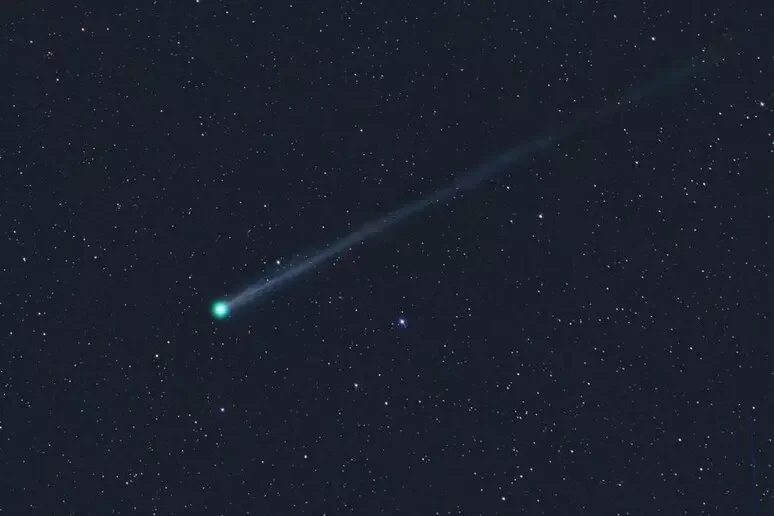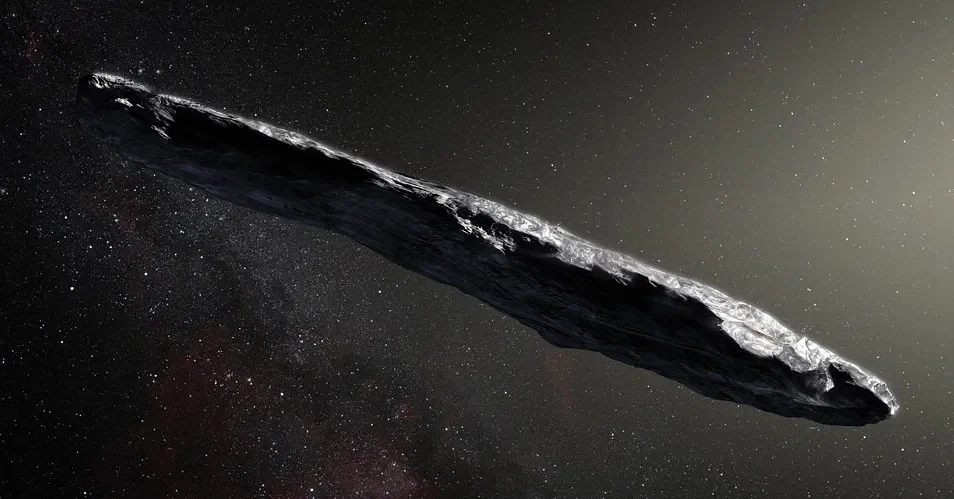NASA and international astronomers have officially confirmed that an unusual space object, designated 3I/ATLAS, is indeed an interstellar comet—making it only the third such object ever identified traversing our solar system.
The object was first observed on July 1, 2025, by the ATLAS (Asteroid Terrestrial-impact Last Alert System) survey system. Early in its discovery, scientists noted its rapid velocity and linear trajectory—traits that distinguished it from typical solar system bodies. Subsequent observations have reinforced the conclusion that it is not gravitationally bound to the Sun.
Currently estimated to lie several hundred million miles from Earth, 3I/ATLAS is speeding toward the inner solar system. It is expected to reach its closest approach to the Sun (perihelion) around October 30, passing just inside the orbit of Mars. Despite this, it will remain safely distant from Earth, with no threat to our planet.
Analysis indicates that the comet is active: it is surrounded by a glowing halo of gas and dust (called a coma), and recent images have revealed the development of a tail—classic signatures of cometary behavior. These features strengthen the case for its classification as a comet rather than an asteroid-like object.
Scientists are also using telescopes like Hubble and missions like SPHEREx to study 3I/ATLAS from multiple vantage points, hoping to learn more about its size, composition, and origin. Early estimates suggest its nucleus could be up to a few miles across.
While some researchers have speculated that 3I/ATLAS might be an artificial probe from alien intelligence, the prevailing view is that its behavior aligns closely with known natural comets. NASA has stated that current observations overwhelmingly support a natural origin.
As 3I/ATLAS races through our solar system, astronomers have just a limited window to observe it before it returns to the interstellar depths—offering a rare opportunity to glimpse material from another star system.










